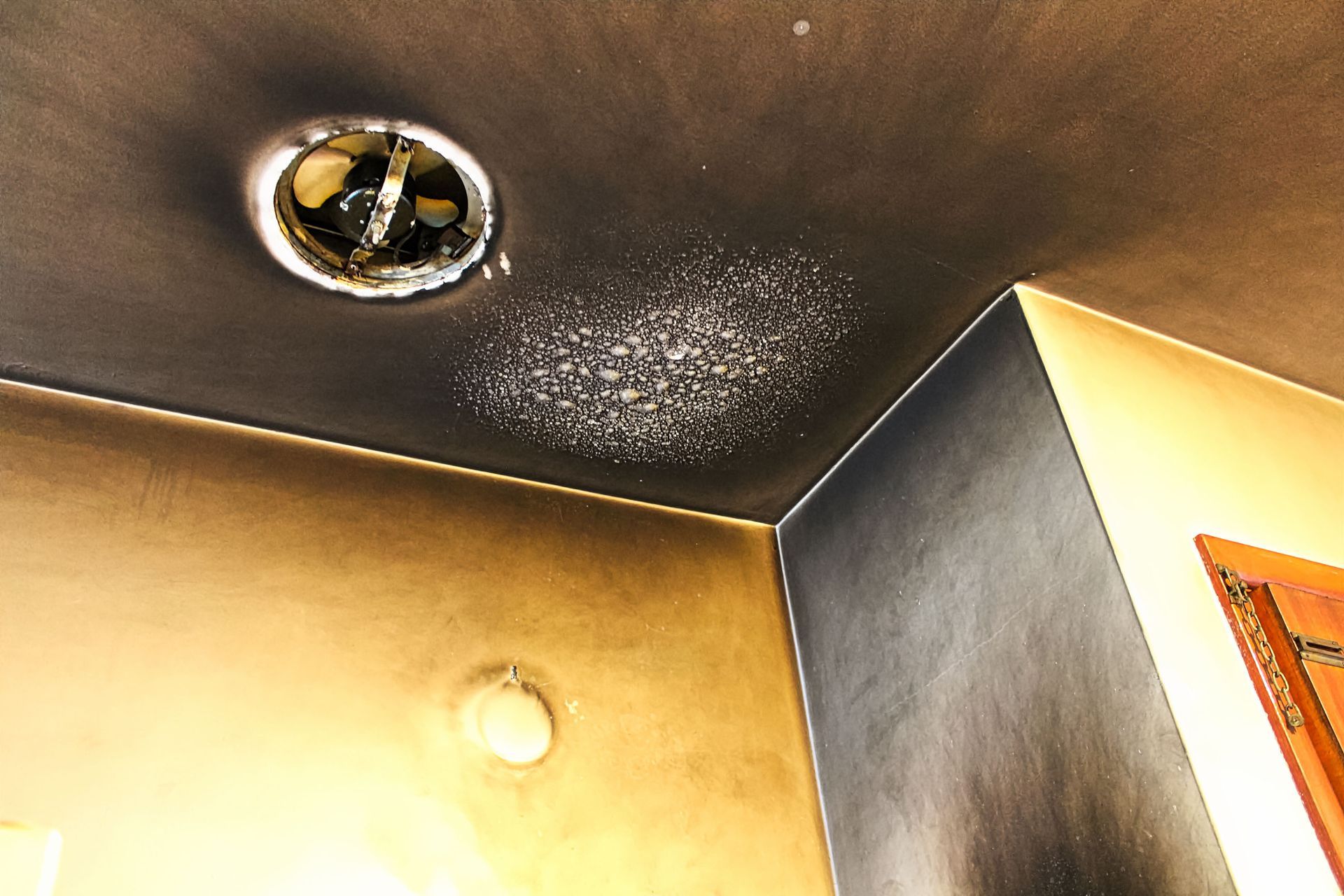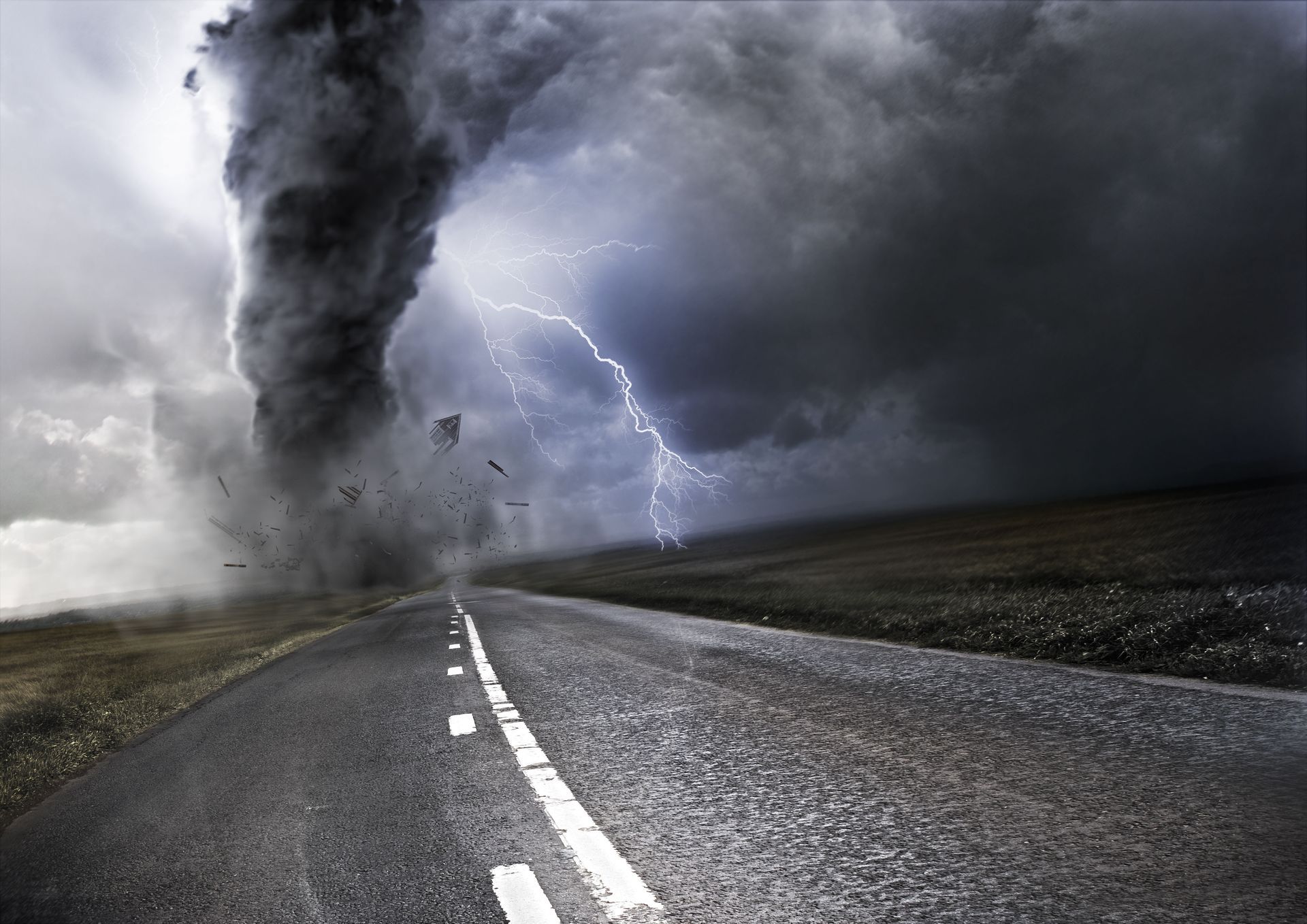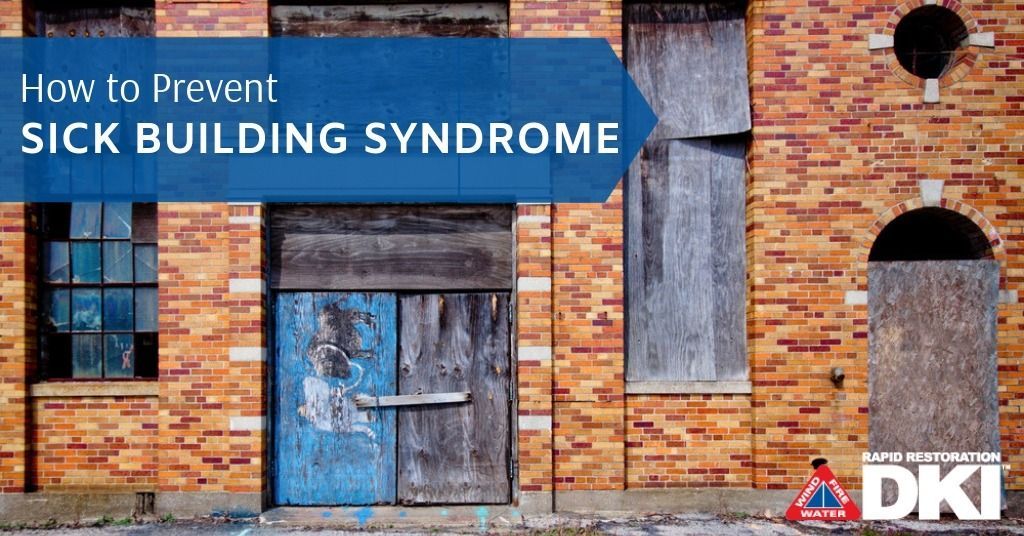August 7, 2025
Have you experienced a fire at your commercial property? First off, we want to send our sympathies because we know just how precious a business can be to a person’s livelihood. Although fire and smoke damage can be covered by your insurance, it can still be a lengthy process to full recovery. That’s why it’s important to choose skilled professionals that can ease your stress by getting the job done right. We’re here to discuss the steps we take to get your business property back to normal! Let’s start learning.
Assess The Damage
Knowing what kind of fire you are dealing with will better understand how to clean the damage. There are two different types of fires:
- High Oxygen
- Low Oxygen
A high oxygen fire leaves behind a dryer smoke residue making the cleanup easier. While a low oxygen fire tends to leave behind a wetter smoke residue which can make the cleanup a little harder. Depending on which fire occurred, professionals can assess the situation and use the proper methods to clean.
Get Rid of the Unsalvageable Items
Although smoke damage professionals try to save anything and everything possible in the property, sometimes the damage is too severe to save certain items. When this happens, hauling out the unsalvageable items is the next step. By doing so, a smoother and more organized cleanup can take place. This saves time to focus on what can be saved and a considerable amount of smoke odor from the property.
We urge owners of the commercial property to take pictures of everything inside the home before we haul things off for insurance purposes.
Remove the Leftover Water
When firemen fight the fire with the water hoses, the water can also create damage to the property. It’s important to act quickly to remove any water that’s still standing to eliminate any further damage done. To ensure the safety of individuals, professionals will use proper equipment like dehumidifiers to remove the water. If not extracted quickly enough, some common damages of water are:
- Mold and mildew
- Warped and damaged wood
- Electrical damage
- Carpet damage
- Ceiling damage
When you call Rapid Restoration, we will:
- Extract water and dehumidify your property
- Deodorize water damage
Remove the Soot
Soot is the black powdery or flakey substance left behind after a fire. It’s caused when the carbon-filled materials such as plastic, wood, coal, and oils burn incompletely leaving behind that black substance. Not only can it cause damage to your things and property but it can also cause damage to your health so it’s important to remove it as quickly as possible!
Some of the specialized ways to clean soot are:
- Air scrubbing
- Thermal fogging
- Degreasing agents
- Hepa Vacuum cleaner
- High- and low-alkaline detergents
Professional Deodorization
Smoke odor lingering in your home after a fire is very common. However, it shouldn’t stay that way. To remove smoke odor, we have a professional deodorization method to ensure that your house will be smoke odor-free. Enlist Rapid Restoration in this process for skilled and proper smoke odor removal.
Call Rapid Restoration for Your Commercial Smoke Damage Needs
Getting your business property restored can be a lengthy process. If you’ve experienced a fire at your commercial property, trust our professionals at Rapid Restoration to get the job done safely and professionally! Give us a call today to learn more about our process.




